When most people think of ab workouts, they picture crunches, bicycles, or maybe holding planks for long periods of time. These types of ab exercises can be great (when done correctly and with proper engagement), and they do provide benefits for our ab muscles. But it’s time to get off the floor if you’re genuinely looking to build core strength and function, improve posture, and train a core that supports you through real-life movements. Standing core exercises are not only effective—they’re essential.
Here’s why: Your core stabilizes your spine, helps you transfer force during everyday activities, and protects you from injury. And guess what? Most of those activities—picking up groceries, reaching overhead, twisting to grab something—happen while you’re standing. When we only train our abs from the floor, we miss a key core strength and function component.
If you’ve done my workouts before, you know I incorporate standing core quite a bit, from knee crosses in a cardio circuit to weighted chops in your strength rounds. I also have several quick-standing core workouts on my YouTube channel and in the BodyFit Athletic Club.
In addition to the strength training benefits, the other reasons I love standing core include:
- They improve balance, posture, and alignment: A strong, stable core helps keep you upright and aligned, reducing back pain and boosting overall mobility.
- They engage more muscles: Standing exercises involve the entire kinetic chain, recruiting your glutes, legs, stabilizers, and core.
- They’re beginner-friendly (and space-saving). Getting down on the mat can be challenging or intimidating if you’re new to exercise or experience back tightness or tension. Standing core exercises are more accessible and can be done in smaller areas (hint: your office, kitchen, wherever you want!).
- They’re appropriate for pregnancy and early postpartum. While we want to avoid excessive twisting and flexing in the second and third trimesters and in the early postpartum phase, we do want to strengthen the core, and standing ab exercises are generally safe. Stabilizing your core while carrying a load mimics carrying the baby (both inside and outside the womb!), and rotational movement improves mobility and strength for everyday mom life.
- They mimic real-life movements: This is perhaps the most important reason to do them! Loading and unloading the dishwasher, picking something up off the ground, reaching for something behind you, moving out of the way of someone —the list goes on and on! Our core supports our daily movements, so we should train for them!
So, let’s ditch the mat for a second. Here are four standing core exercises that actually work, plus why they’re worth your time. While three of the four use weights, all four can be done with no equipment at all, improving strength and mobility.
1. Weighted Carry (or March)
How to do it:
- Hold a heavy dumbbell or kettlebell by your side, at your chest, or over your head (progression)
- Walk across the room and back. Yes, it’s just that simple.
This exercise can be done in many ways, as I show in my recent social post HERE. Loading only one side (offset) will challenge your stabilization by creating a less stable environment. Using two weights provides more balance but challenges your core with more load. - Beginners should start with the weight by their side and progress to holding the weight chest-level. Overhead carries and marches are more advanced but can be done safely and effectively by keeping the core engaged and the spine neutral.
- Are you limited on space? A weighted March provides the same challenge and may be more appropriate for beginners or those working out in a smaller area.
Why it works:
As I demonstrate in my follow-up social post on carry exercises HERE, we carry things daily! When our core is stronger, we are more efficient; when we can carry more weight for a longer time, we lower our risk for injury.
2. Standing Woodchop
How to do it:
- Hold a dumbbell, medicine ball, or even a heavy book.
- Start with the weight up down by one hip, turning hips and shoulders towards the weight.
- In one motion, pivot your feet and rotate your torso to bring the weight diagonally across your body, low to high. You can stop at your shoulder or continue with straight arms diagonally across.
- Return to the start and repeat 10–12 reps per side.
Why it works:
Woodchops mimic real-world rotational movement (think: swinging a bat or lifting something from the floor). They fire up your obliques and deep core stabilizers, improving coordination and power.
3. High Knee Twist
How to do it:
- Stand with feet hip-width apart and hands in front of your chest (or overhead for more intensity).
- Drive one knee up toward your chest while twisting your torso toward the knee.
- Alternate sides in a running or marching motion for 30–60 seconds.
Why it works:
This dynamic, cardio-friendly ab move brings your core and heart rate together. The twist hits the obliques, while the high knee engages your lower abs—without lying down once.
4. Windmill (High or Low)
This is a traditional kettlebell exercise (which I do frequently in my workouts), but it can also be done with a dumbbell or other heavy object safe to hold overhead.
How to do it:
- Stand with your feet hip-distance apart, with your right arm overhead and your left arm below, in front of your left leg. Your left leg can be turned slightly outward.
- Hold a kettlebell or dumbbell either high in the top right hand or low in the left hand, on the inside of the left leg.
- While “spotting” the above hand (looking up), slowly slide down the left leg with your left hand, slightly rotating your torso and shoulders in.
- Hold for a count at the base of the movement, then return to a standing position.
- Beginners or those with back tension or shoulder instability should perform the exercise with the weight in the lower hand or start with no weight.
Why it works:
The windmill is a multi-planar exercise, meaning you’re moving through multiple planes of motion. It improves core strength, shoulder, spine, and hip stability and flexibility. I often describe this exercise as “harder than it looks” and one that can get more challenging as you add more weight or experiment by trying it both high and low.
Make standing core exercises part of your routine:
Incorporating standing core exercises into your routine isn’t just a smart way to strengthen your abs—it’s a powerful way to build real-world strength, improve posture, and enhance overall movement. Whether you’re a beginner or a seasoned athlete, these functional moves offer scalable, effective ways to support your fitness goals and your daily life. So, next time you’re thinking about core work, skip the mat and stand tall—you’re training for more than just aesthetics. You’re building a stronger, more capable body from the inside out. And if you’re looking for guided workouts that include these moves and more, be sure to check out the BodyFit by Amy YouTube channel—new workouts, expert tips, and support are just a click away.
Here are two free workouts on the BodyFit by Amy YouTube Channel to get started!
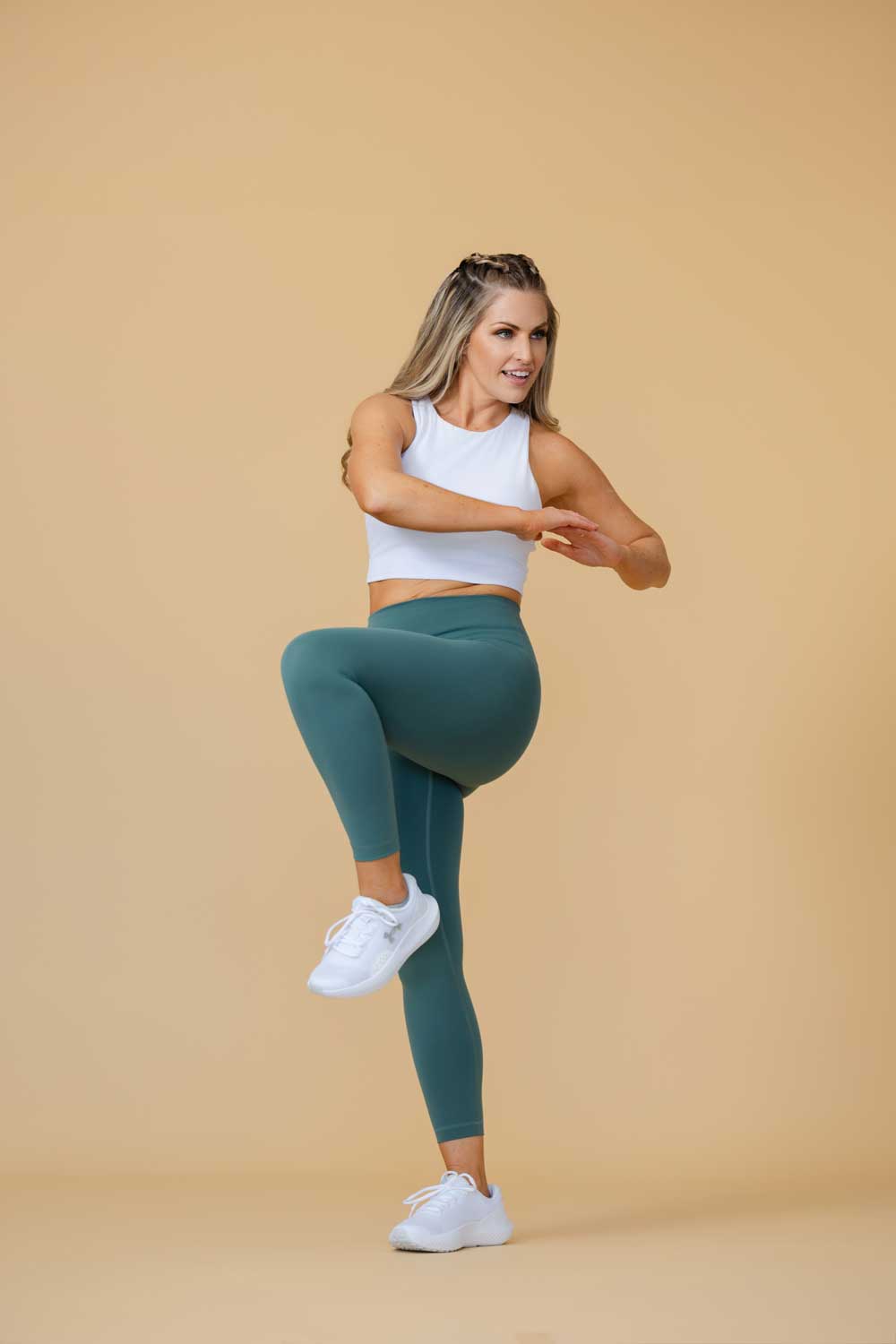
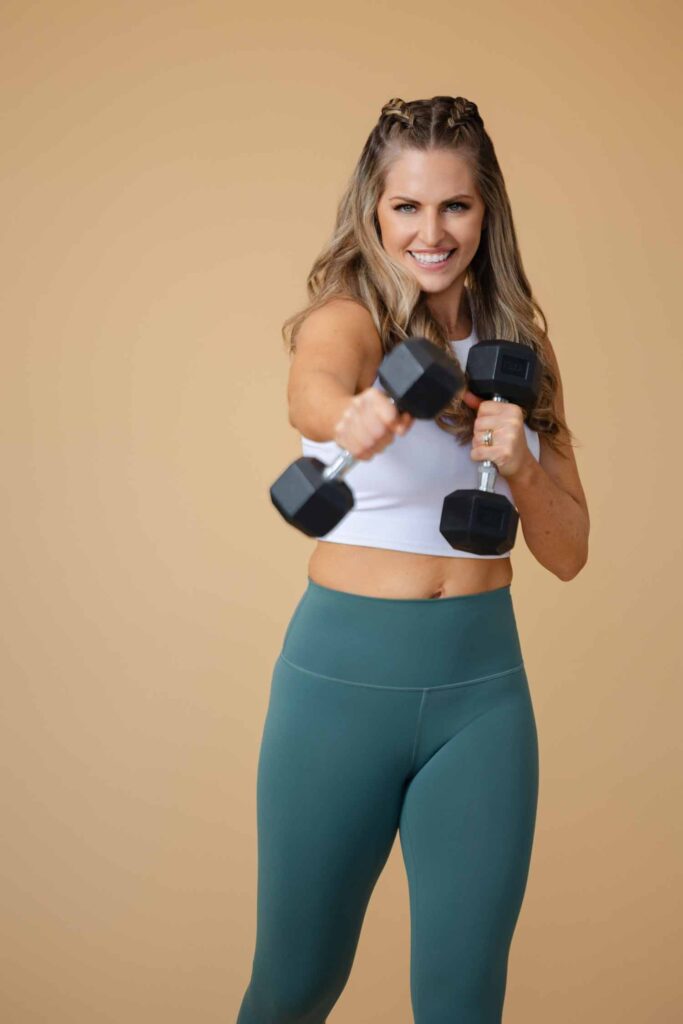
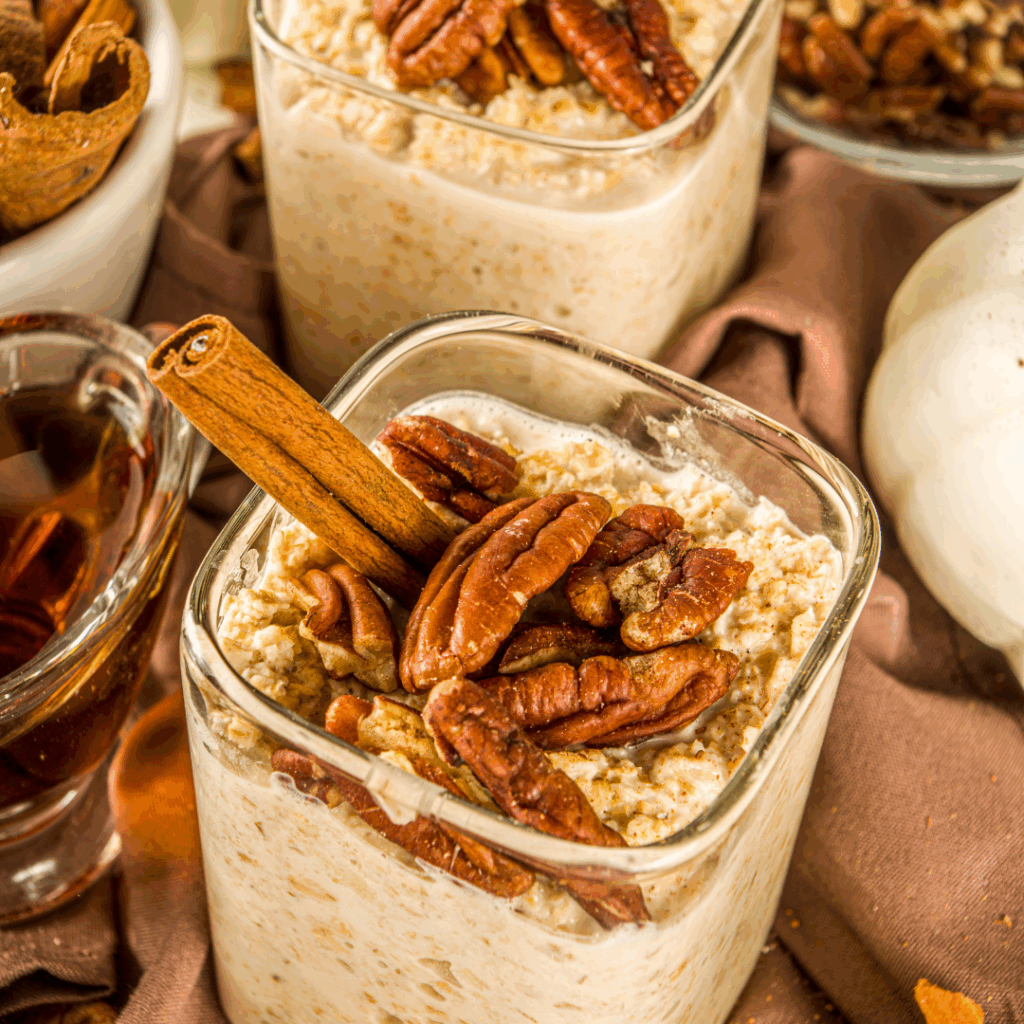
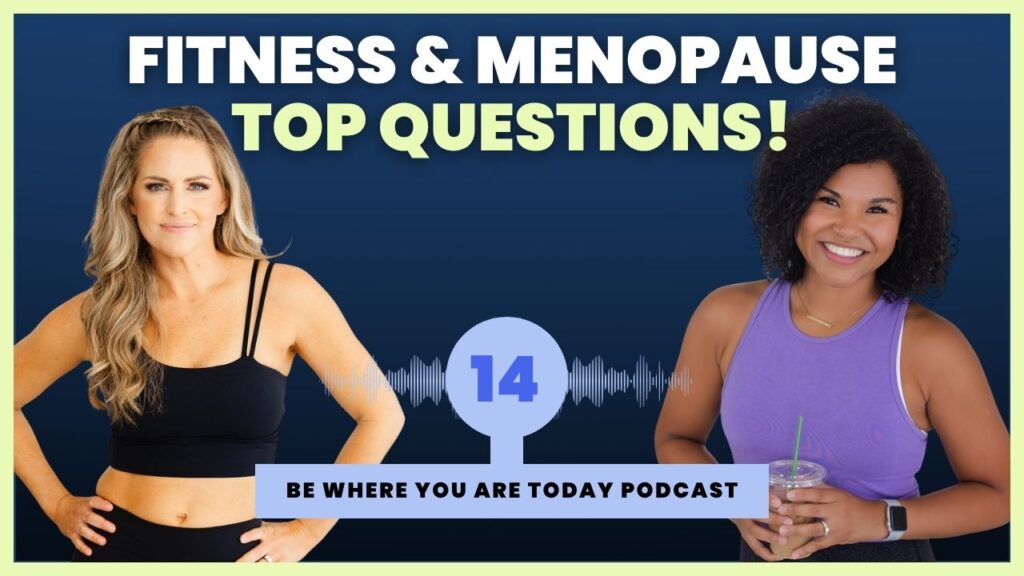
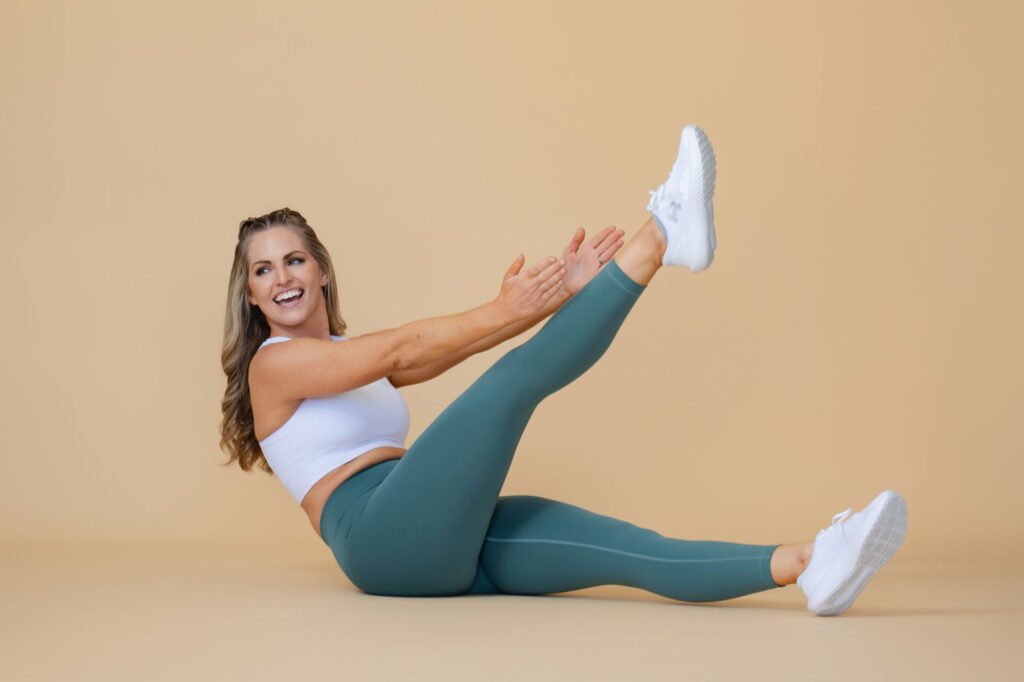
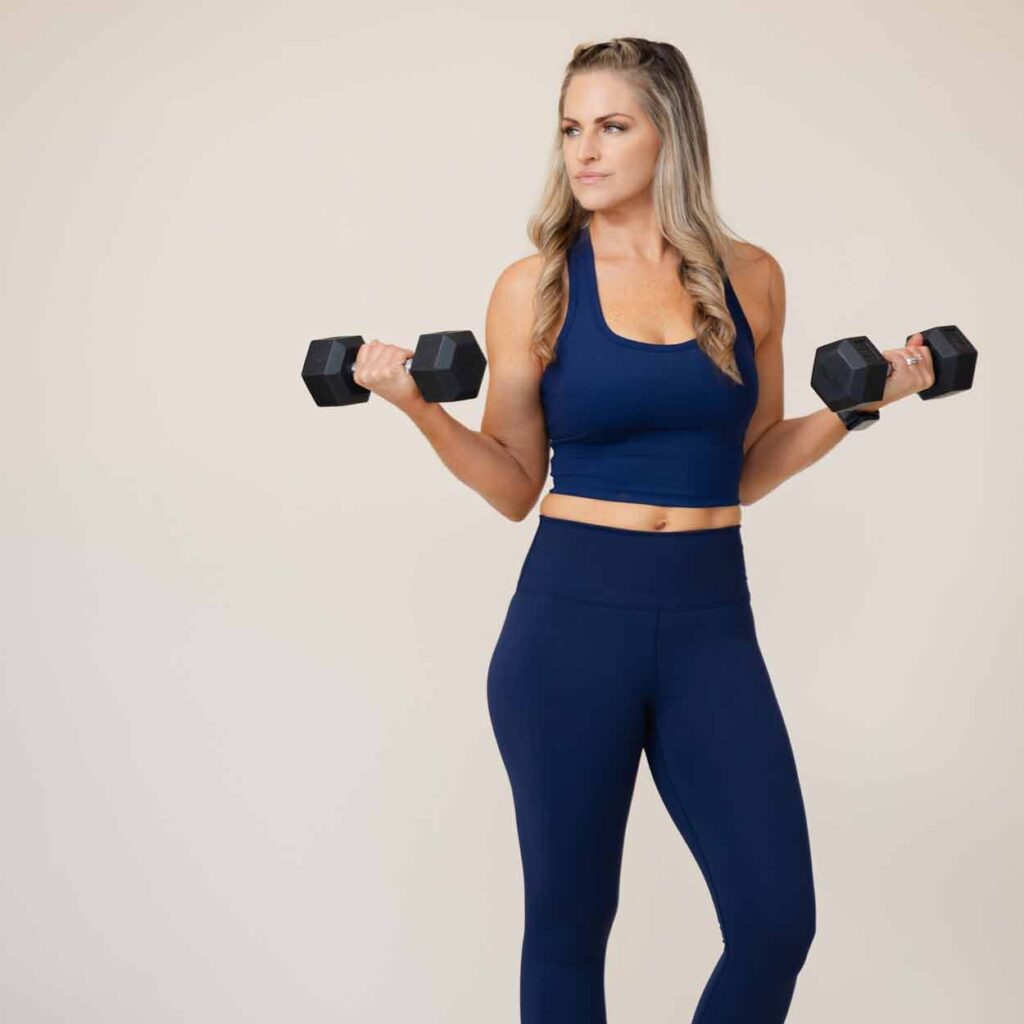
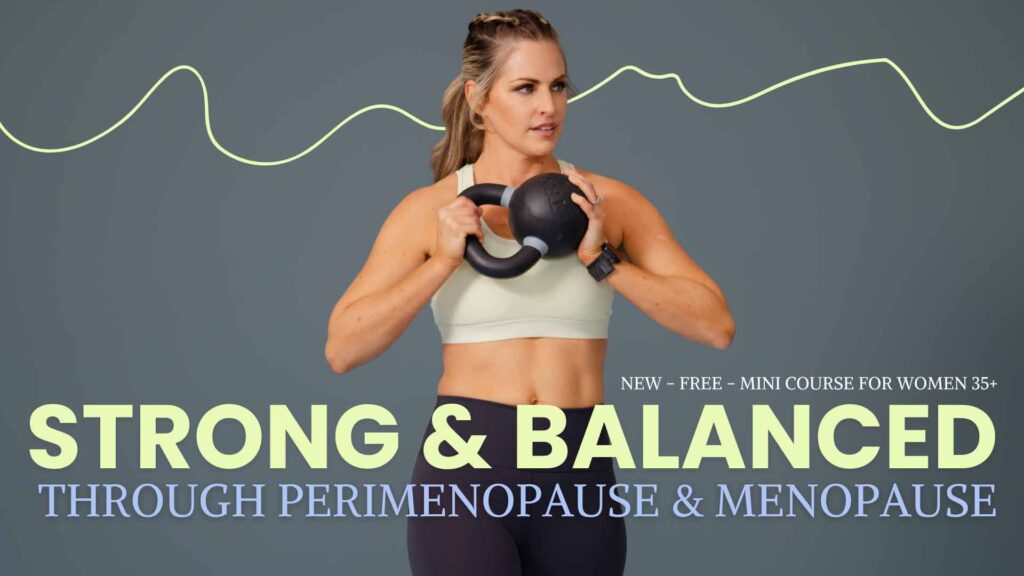
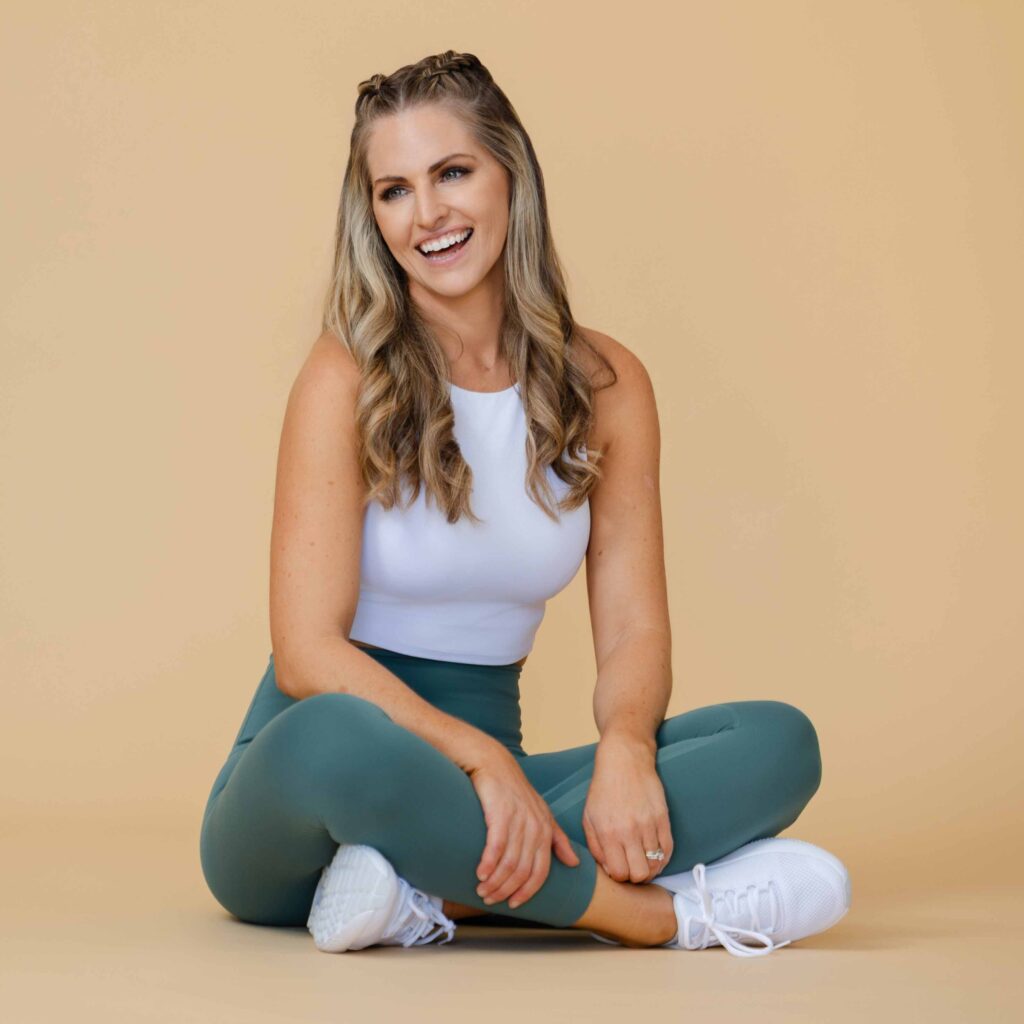

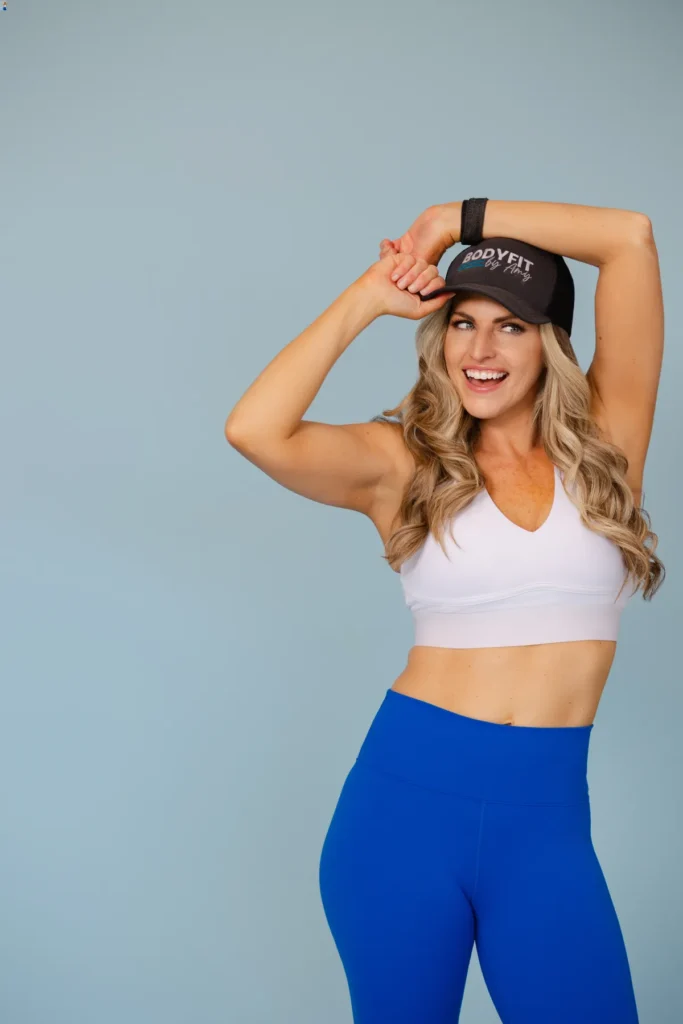
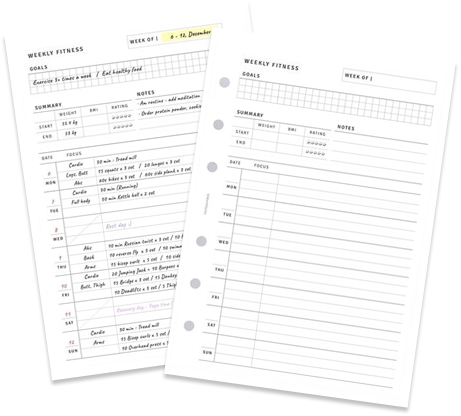
Leave a comment
want to tighten core